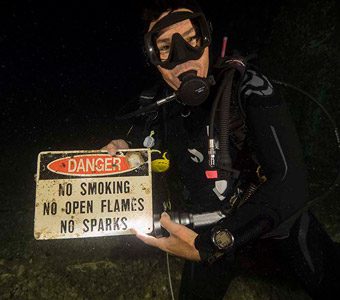Few feelings beat the contented exhaustion you feel after a big day packed with excellent diving. Every day diving Lady Elliot Island and diving Lady Musgrave Island end like this. Home to spectacular coral reefs, manta rays, sea turtles, sharks and thousands of other marine species, a visit to these islands is one of the best ways to see the Great Barrier Reef. The great thing about these islands? They’re so close that you can visit both ladies in one trip!
The Great Barrier Reef is the largest reef system in the world. It stretches over 2000 kilometres long and is composed of nearly 3000 individual reefs. The Southern section of Reef between Bundaberg and Rockhampton is the official starting point of the Great Barrier Reef — the Southern Great Barrier Reef. Both Lady Elliot and Lady Musgrave Island are easily accessible from Bundaberg, as is the shipwreck, the Ex-H.M.A.S Tobruk wreck.
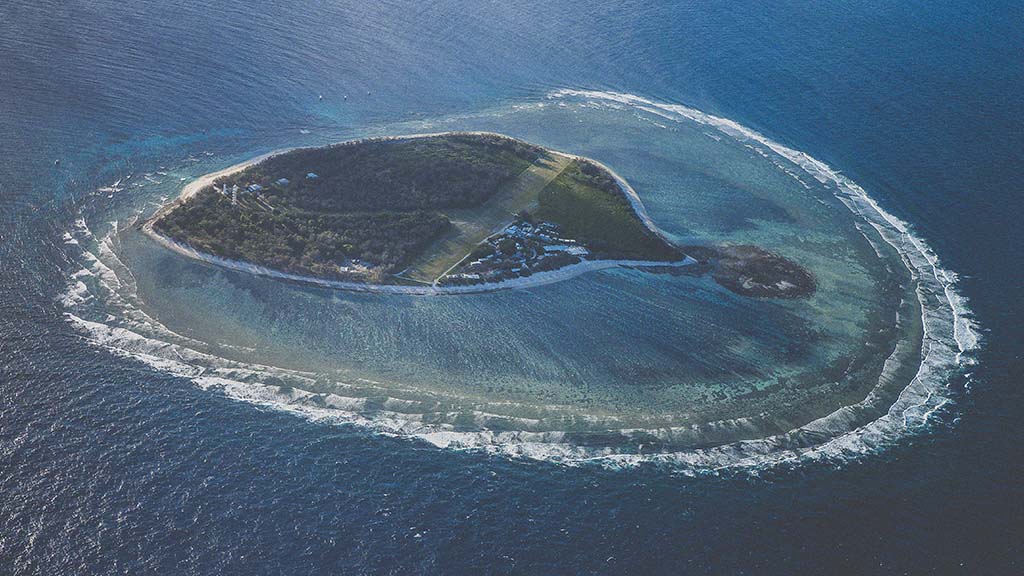
A visit to Lady Elliot Island is one of my favourite ways to explore the Great Barrier Reef. I have visited five times, and one of the big reasons I keep returning is the sheer number of sea turtles – I don’t think there’s been a single dive or snorkel I haven’t seen one of these living dinosaurs. Lady Elliot Island is a coral cay surrounded by turquoise water and healthy reef lying 46 nautical miles off the coast of Bundaberg. Access to the island is via seaplane, giving visitors a birds-eye view of the island and surrounding reef. As you fly above the island, there’s a good chance you’ll spot mantas and turtles from the air.
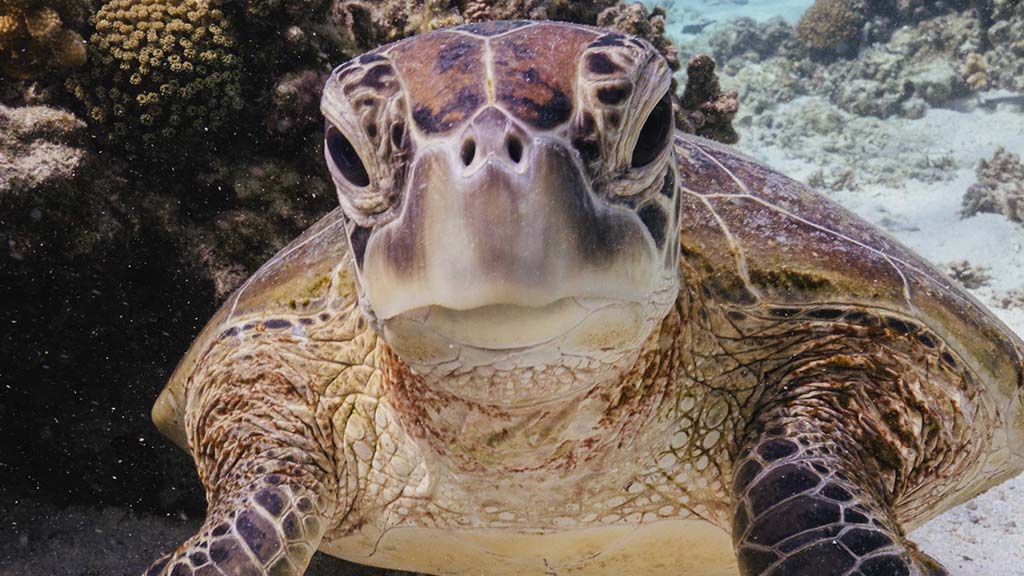
There’s one eco-resort on Lady Elliot Island that sleeps a maximum of 150 people a night, so it never feels overcrowded. Coral reefs are seriously threatened by climate change, and it is essential tourism operators play their part in protecting this delicate ecosystem. Peter Gash, the Island’s Managing Director, is dedicated to sustainability, and the preservation of its surrounding reef one of Lady Elliot Island’s fundamental values. Marine biologists conduct daily talks and tours to educate visitors on the marvels of the Reef, and all island operations are designed to minimise the impact on the surrounding environment.
Lady Elliot is incredible all year round. The waters surrounding the island are teeming with turtles every day of the year. Loggerhead and green turtles come ashore to lay their eggs during the months between November to March. If you visit towards the end of the season, between February and April, you may be lucky enough to see hatchlings burst from their sandy nest and make their way towards the open ocean. From June to October humpback whales migrate past the island, and their haunting songs provide a backing track for dives during this time.
Diving and life in general, on the island, is laid-back and relaxed. The dive shop runs a maximum of two boat dives a day. The island is known as ‘the home of the manta ray’, and while these ballerinas of the sea can be spotted year round, during the winter months (May-August), their numbers increase. Manta Rays can often be spotted at cleaning stations on dive site, ‘Lighthouse Bombie’. Lady Elliot Island even has its own shipwreck. ‘The Severance’ is a fully intact yacht that now rests in 21 metres, after sinking in 1998.
On previous visits, I’ve stayed on the island for five nights, which is an ample amount of time to enjoy a few big days of diving and snorkelling. On my most recent trip, we stayed overnight and booked on to the afternoon dive on the day we arrived.
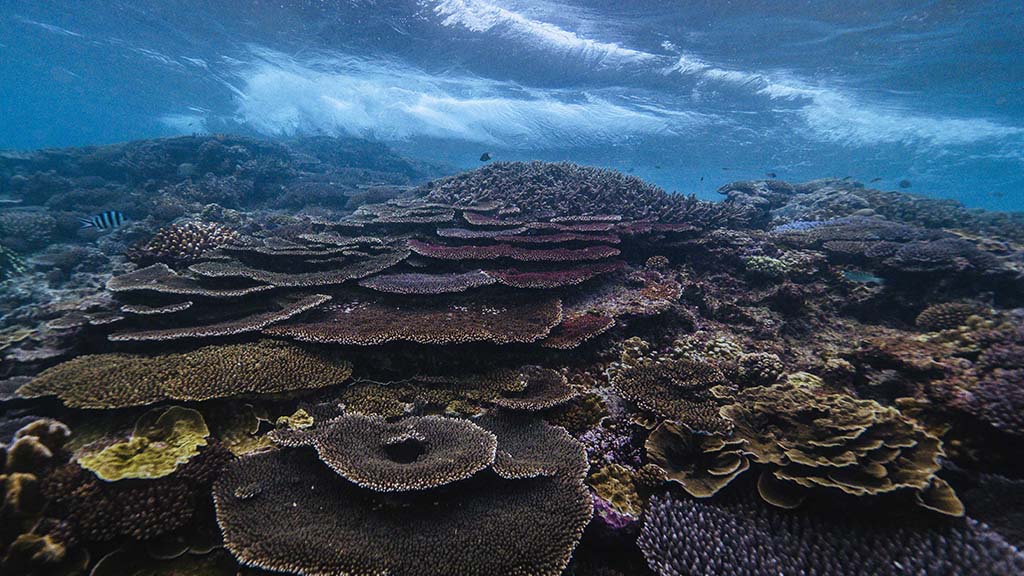
Lady Elliot Island is one of those unique destinations perfect for divers and non-divers alike. Healthy coral reefs thriving with marine life are accessible directly from the shore. On one side of the island is a shallow lagoon, and before we head off for our afternoon dive, we jump in. The tide is only high enough to snorkel here a few hours a day. As the tide comes in, so to do the juvenile sea turtles. We spot at least eight turtles in a half hour snorkel, along with an octopus playfully exploring the coral with his tentacles.
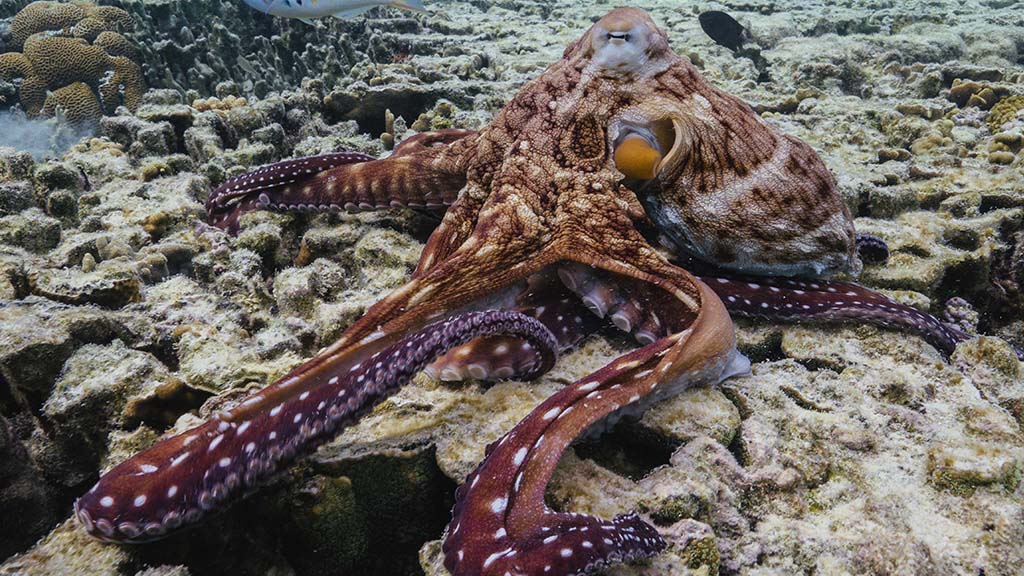
Our afternoon dive kicks off at the Lighthouse Bombies, which are covered in a school of swirling glassfish and hard coral. The waters around the island boast 25-35 metre visibility year-round, and today is no exception. We spot a green turtle feeding on seagrass and end the dive floating over a seemingly never-ending meadow of staghorn coral. We wrap up our day by watching the sunset over the Reef with a glass of wine.
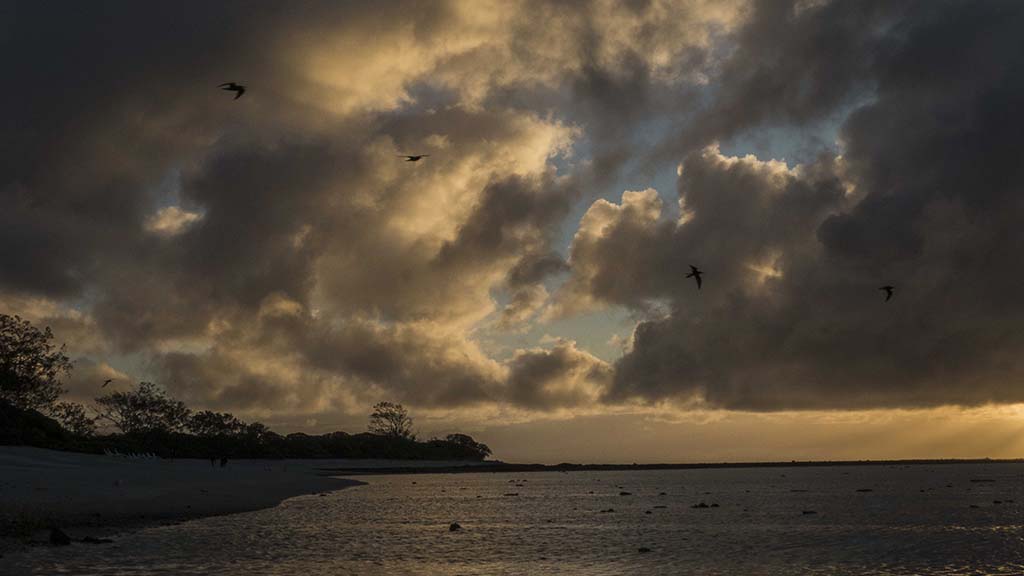
The next morning greets us with a spectacular sunrise over the exposed reef of the lagoon. We start our day with a snorkel on the opposite side of the island where the waters are deeper. Depending on the current, snorkelers can drift from one end of the island to the other, and we drift from the Lighthouse Bombies, towards the furthest snorkel site, the Coral Gardens, spotting turtles, hundreds of fish, and even a Spanish dancer as we go.
As soon as the tide is high enough, I head back to the lagoon and spend two hours floating amongst the turtles before we fly off the island and back to Bundaberg on the last flight of the day at 4pm.
We visited Lady Musgrave Island two days later. There is no accommodation on Lady Musgrave. Camping on the island is allowed, but there are no facilities – which means everything you may need must be brought over with you. Lady Musgrave Experience run day trips, and has recently launched an overnight ‘Sleep on the Reef’ experience for those that want to experience the Reef without needing to source camping gear!
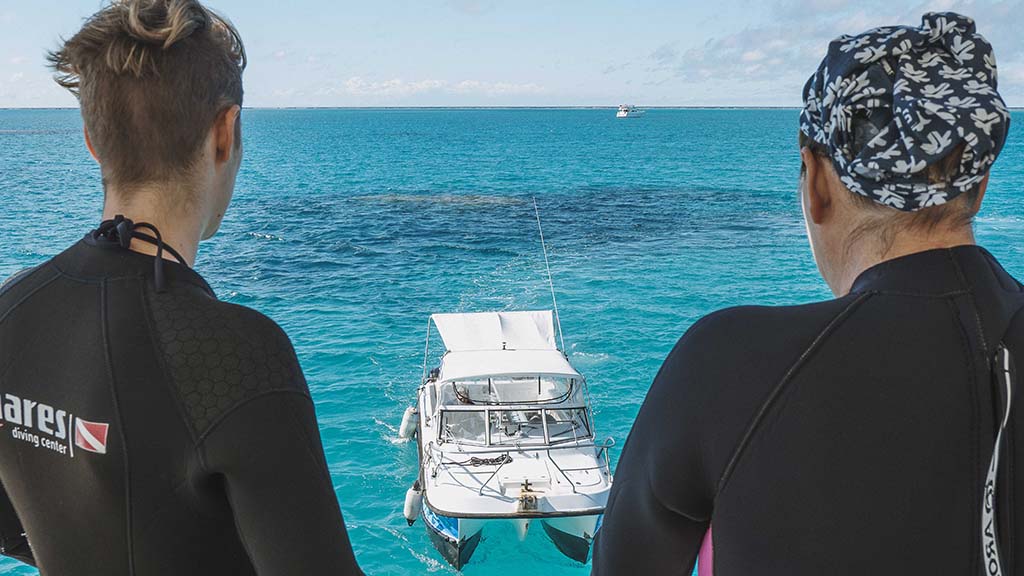
Onboard Lady Musgrave Experience’s catamaran, Reef Empress, it takes us just over two hours to arrive at the lagoon surrounding Lady Musgrave Island. Lady Musgrave is the only cay on the Great Barrier Reef where boats can actually access the lagoon, which is within the walls of the Reef itself. As the Reef Empress pulls through the narrow gap in the reef wall and into the sheltered lagoon, the vibrant blues and turquoise of the coral reef look like they’re straight off a postcard.
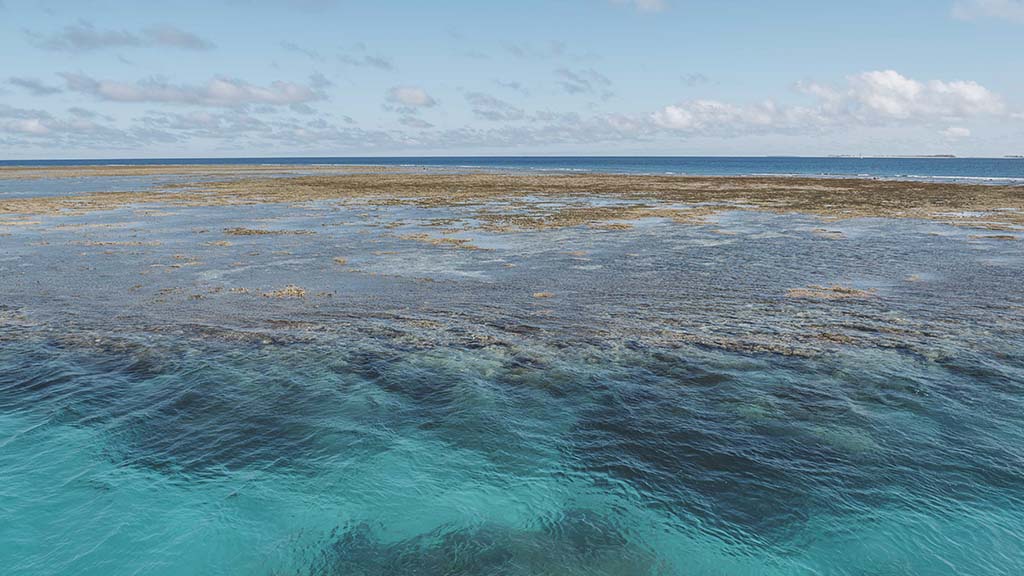
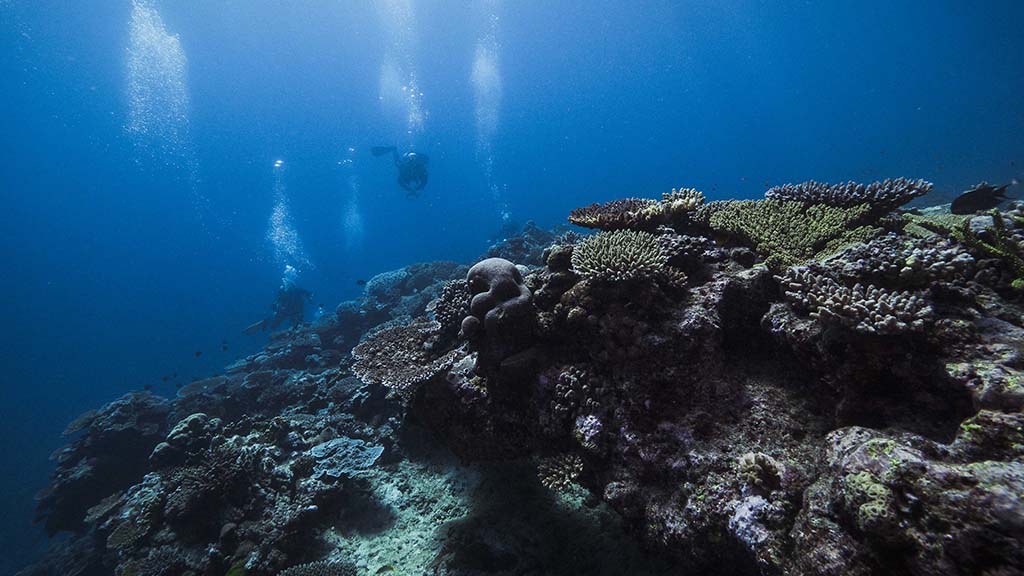
We squeeze into our wetsuits and pile onto a smaller dive vessel that stays moored in the lagoon, to head out for our first dive. This takes place on a sloping reef wall at Fairfax Reef, which has been a protected no-take zone for 30 years. As our group begins to descend, a curious reef shark swims up from the ocean floor. The reef wall is covered in healthy plate corals, and fish dot the Reef like bright blue confetti. We make our way through a swim-through, accidentally waking a sleeping turtle resting under a coral archway.
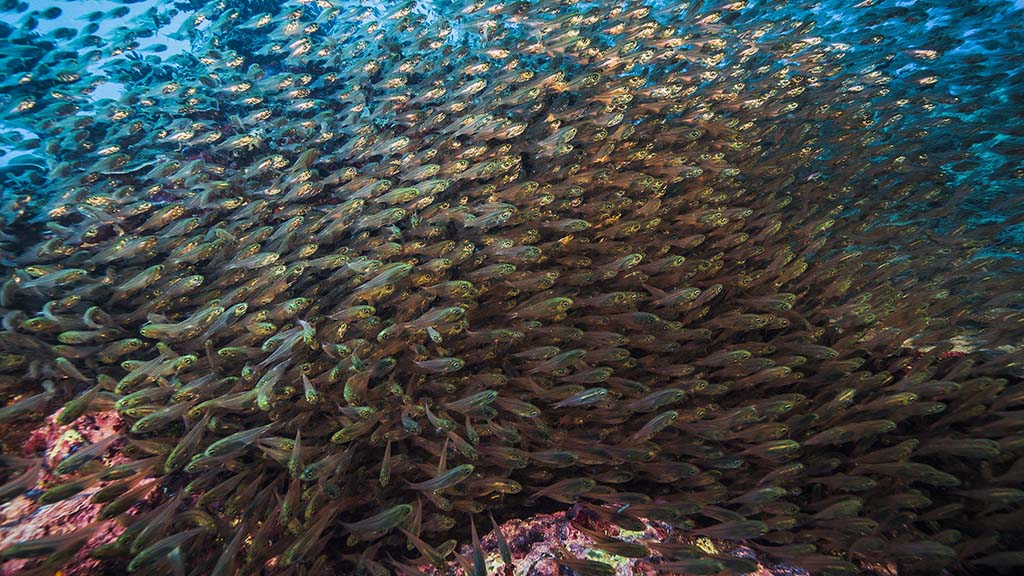
After the dive, we head over to the second dive site, ‘Manta Bombie’, and along the way, three humpback whales swim directly under our boat. As we descend onto the coral bombie, we almost immediately spot a giant Queensland grouper as a massive school of exquisite glassfish twinkles nearby. Everywhere we look, there’s something new to see. A leopard shark rests on the ocean floor and swims right through our dive group. Lionfish hide amongst the base of the scattered coral bombies whilst a manta ray slowly circles a bombie as it is cleaned of parasites. After an hour, we ascend accompanied by a green sea turtle as she makes her way to the surface to breathe.
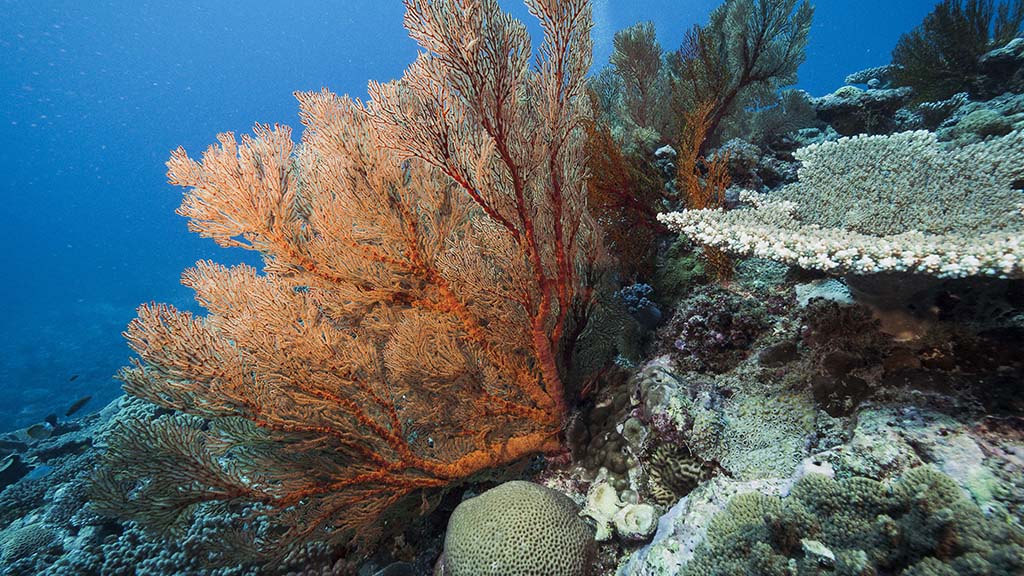
Animal interaction continued as we pulled back into the marina in Bundaberg and two dolphins played in the water. In just three action-packed days on Lady Elliot and Lady Musgrave Islands, we managed to interact with some of the most iconic marine life in the world and explore two tropical island paradises. Unforgettable.
Harriet Spark is a dive instructor turned graphic designer and videographer, and founder of Grumpy Turtle Design. Passionate about conservation through creative communication, you’ll find her either underwater or above sea level, designing for change. You can follow Harriet’s adventures on Instagram.



